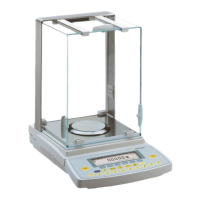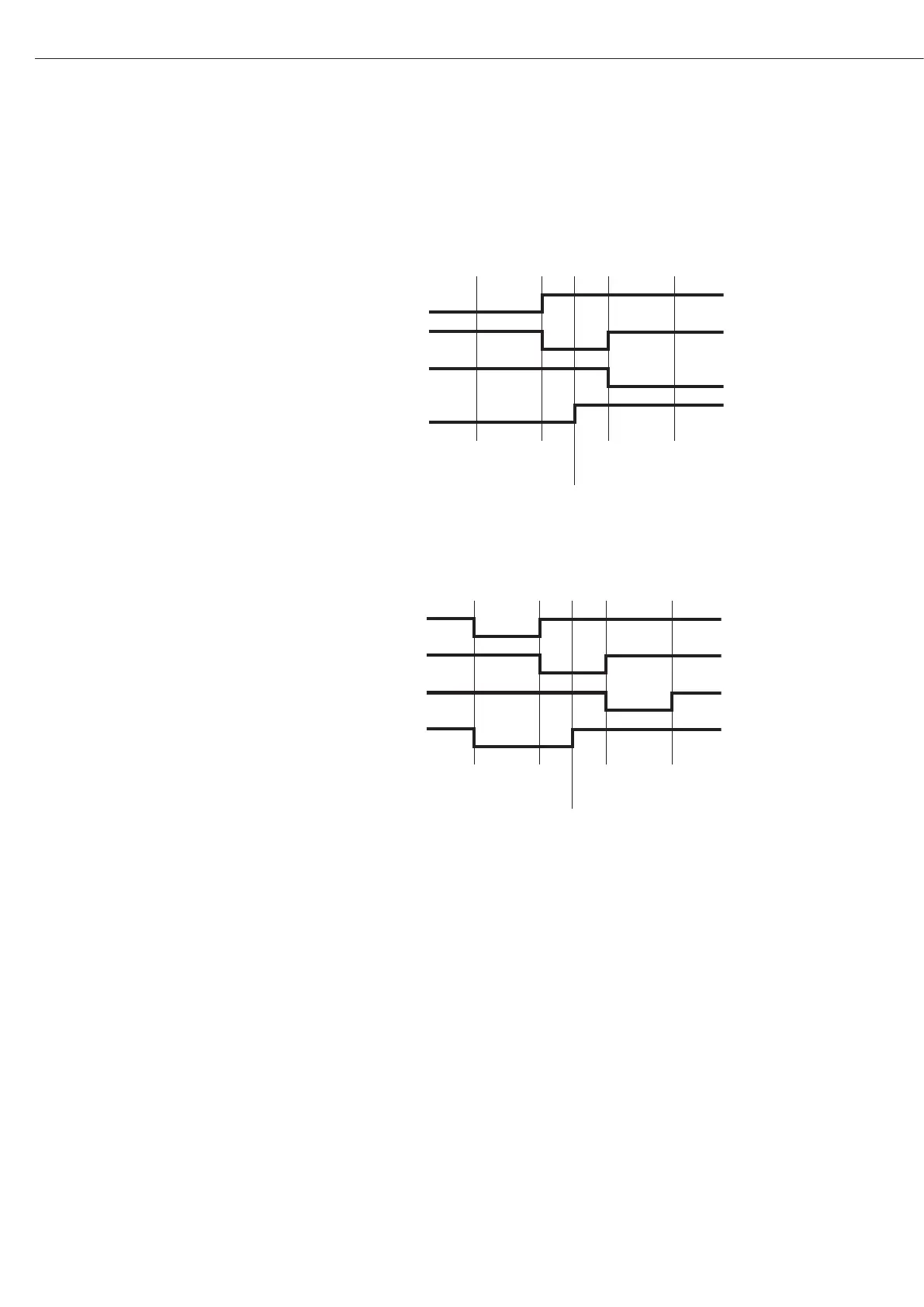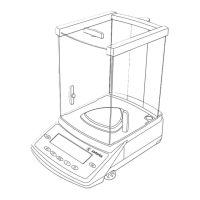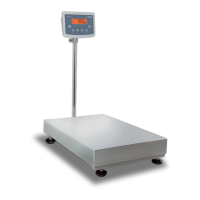80
Preparation
The checkweighing program often
requires a target value for comparison
with the current value. This target has
a tolerance range, which is defined by
absolute weight values. The tolerance
range is defined as either an absolute
value or a percentage with upper and
lower limits. Percentage values can be
symmetric or asymmetric to the target
value. These values can be entered
either by storing weights on the balance
or by key input.
There are four control lines, called data
output port lines, which are activated as
follows: (see also the diagram at the
right):
– lighter
– equal
– heavier
– set
The control range spans 30% to 170%
of the target value. You can configure
this parameter in the Setup menu (App:
Application 2: Checkweighing: Activa-
tion of port lines:) to select whether the
control lines are:
– activated within the control range
– always on
– activated at stability within the control
range
– activated at stability
This makes it possible, for example,
to connect a simple indicator for the
weighing results (e.g., three different
colors, one each for the weighing
results: too light, O.K., too heavy).
Response of Control Lines During Checkweighing
Configurations:
– always on
– activated at stability
Configurations:
– activated within control range
– activated at stability within control range
Output port specifications
– When not in use, the voltage level is high: >2.4 V/+2 mA.
– When activated, the voltage level is low: <0.4 V/–2 mA.
!The output ports are not protected against short circuits!

